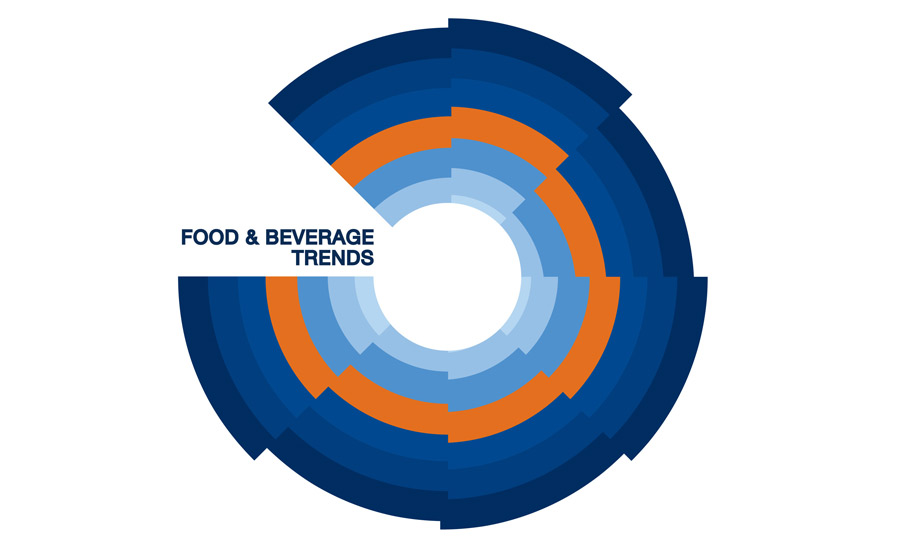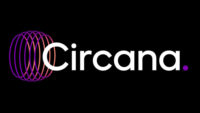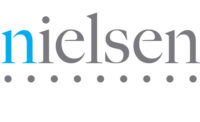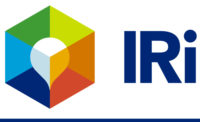Private Label Impacts Omnichannel Landscape
Private label sales have increased by $7.9 billion across brick-and-mortar stores in the past three years

There’s a private-label outbreak, and there’s no slowing it down—both in stores and online.
Many are quick to associate private label with brick-and-mortar sales, which isn’t surprising, given the fact that store brands account for 17% of consumer packaged goods (CPG) dollar sales in physical retail stores. Private-label sales have also increased by $7.9 billion across brick-and-mortar stores in the past three years. But there’s much more to the private-label story than just what you see in physical stores.
From Amazon’s new skin care line to Chewy.com’s new private-label pet food, retailer branded products are no longer a niche online. CPG private label accounts for 3% of online dollar sales, up from 1.3% two years ago, and some categories—particularly household care and baby products—are caught in the crosshairs.
Consumers have spoken: They are willing to be disloyal, and private label has earned their share of wallet. To all brands selling online, dismiss e-commerce private label at your own peril.
PRIVATE LABEL IS THE NEW CHALLENGER “BRAND”
Emerging, disruptive brands have strong foundations online—and some are either nonexistent in brick-and-mortar or have a very small physical presence. For example, four of the top challenger dish soap brands (Mrs. Meyer’s Clean All Day, Seventh Generation, Babyganics and Method) have a combined share of 41% of online sales, versus 5% in stores.
Private label has emerged as the new challenger brand in e-commerce. From aluminum foil to disposable diapers, private-label options are generating a significant portion of the overall e-commerce sales within certain categories.
Brands in household care and baby products, take note. Be prepared to learn from private label’s online success, while re-establishing the credibility you’ve built over time, or risk alienating consumers entirely.
Yet for all categories, private label growth opportunities online remain—some much more than others. Take health and beauty, for example. Its private label products together do not even register a percentage point of online dollar share, yet they have 17.9% of in-store dollar share.
TRADITIONAL BRANDS DOMINATE E-COMMERCE, BUT FOR HOW LONG?
The e-commerce realm has been transformative to brands and consumers—with sales dollar growth up by nearly two-thirds (65%), versus a mere 3% for brick-and-mortar. And while we all know that retailers have increasingly migrated online as part of their overall strategy, tightening the omnichannel race against Amazon, the products leading their success have been from the traditional brands, not the retailers themselves. Traditional brands represent familiarity to consumers, and with e-commerce still relatively new—at least compared to physical stores—consumer comfort level with familiarity bears itself out in the 97% CPG online dollar share from brands.
But in the race to reach the value shopper online, retailers are heavily investing in their private-label solutions, and they’re making inroads. Balancing name cache with value, Walmart has taken a firm lead—holding a 48% share of CPG e-commerce private label sales dollars, up from 27% share two years prior.
Private label has not reached a plateau in physical stores, and especially not online. As retailers and e-commerce providers increasingly take control of supply chains and launch their own “brands,” the friend-and-foe dynamic between retailers and brands will continue to get more complex. Brands find themselves in a tight spot between niche disruptors and private label, and only the most innovative will win the omnichannel battles ahead.
METHODOLOGY
The insights in this article were derived from:
· Nielsen Total US, including convenience, 52 weeks ended March 30, 2019.
· Nielsen Total US e-commerce measurement powered by Rakuten Intelligence, 52 weeks ended March 30, 2019.
Looking for a reprint of this article?
From high-res PDFs to custom plaques, order your copy today!






